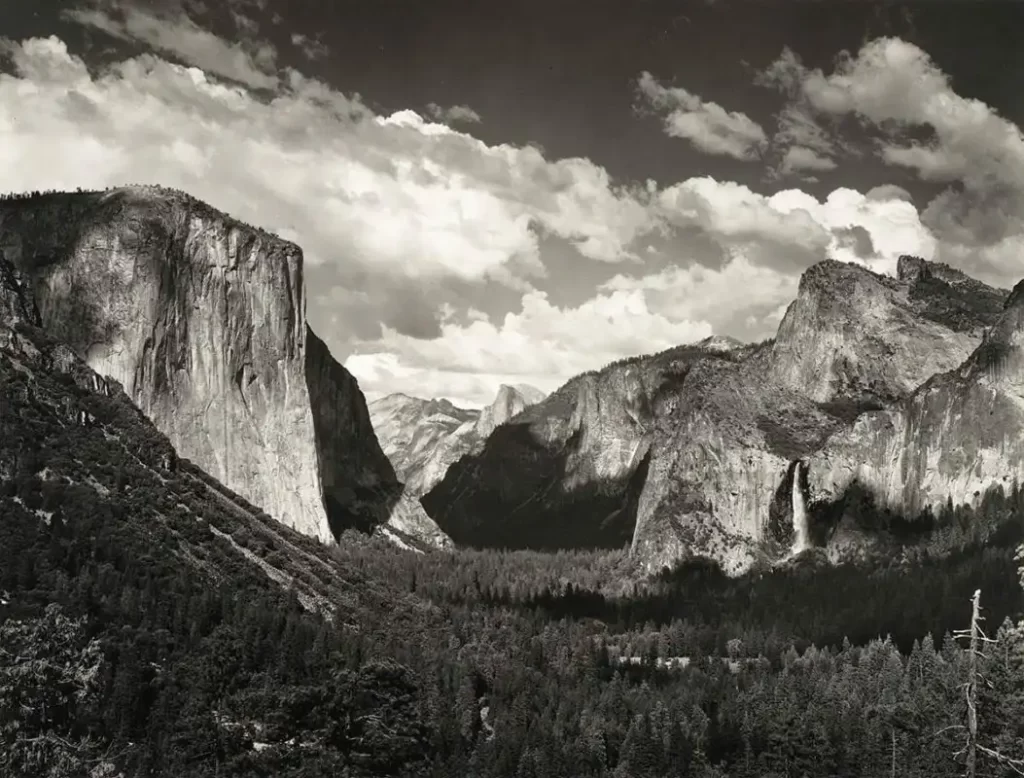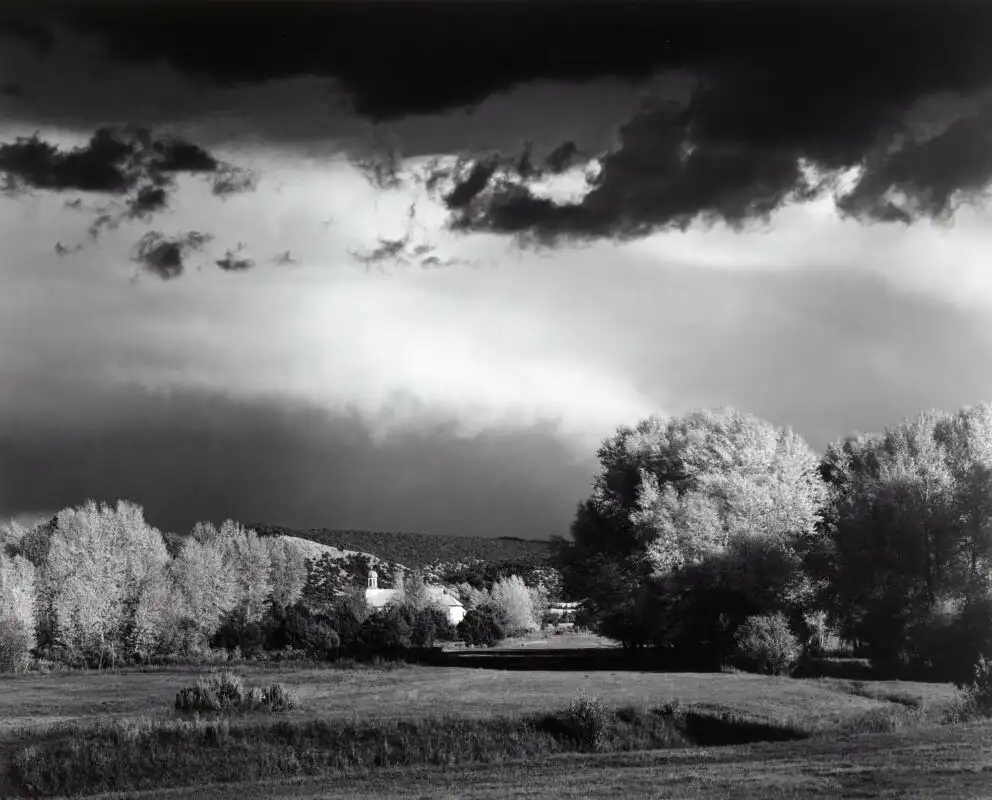Abhishek Kumar
February 20, ON THIS DAY
“There are no forms in nature. Nature is a vast, chaotic collection of shapes. You as an artist create configurations out of chaos. You make a formal statement where there was none to begin with. All art is a combination of an external event and an internal event… I make a photograph to give you the equivalent of what I felt. Equivalent is still the best word.”
Ansel Adams
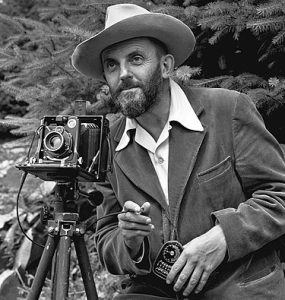
Ansel Adams (1902-1984) was an American photographer and environmentalist known for his iconic black-and-white photographs of the American West. He was an avid conservationist and advocate for the preservation of wilderness areas in the US. Adams was a leader in the photography movement known as Group f/64, which focused on precise composition, sharp focus, and the use of natural light. He was also influential in developing the zone system for controlling the exposure of photographs. Adams’ photographs were characterized by an intense attention to detail and a deep respect for nature. He used a large format camera to capture the grandeur of the landscapes he encountered, and he also employed the zone system to control his photographs’ exposure. Adams’ work was highly influential in the development of modern landscape photography, and his photographs of the American West have become iconic images of the wilderness.
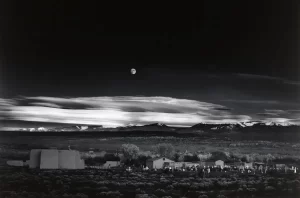
Adams was born in San Francisco, California, in the year 1902. When he was 12 years old, the formal education system yanked him out due to his academic struggles. From then, he began a self-educational path that enabled the growth of his artistic abilities. He was regarded as having musical talent on the piano. At the age of 14, he received his first camera, and it didn’t take him long to establish his photographic prowess. At age 17, he held a janitorial position at Yosemite National Park’s Sierra Club, a conservation organisation. Several of his early shots were inspired by and centred on the surroundings of his profession, and both his thoughts and photography were published in the Sierra Club bulletin. When he was 24 years old, they also organised his first solo exhibition in San Francisco. Adams was chosen to serve as one of the Sierra Club’s directors at the age of 32.
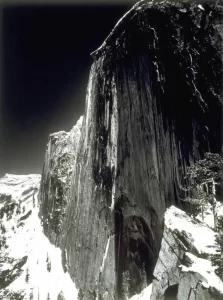
Adams believed that black and white photography had a unique descriptive power, which could convey the essence of a scene in a way that color photography could not. He believed that by removing the distraction of color, black and white photography could focus on the forms, textures, and tonalities of a scene, and capture its essential character. Adams’ photographs are characterized by their sharpness, clarity, and tonal range, which he achieved through careful attention to exposure and development, and through the use of dodging and burning techniques during printing. He was also known for his meticulous approach to composition, and his ability to create dynamic and balanced images.
Adams’s most famous work is his black and white photography of the American West. His photographs of Yosemite National Park and the Sierra Nevada Mountains are some of the most iconic images of the American landscape. Adams used light and shadow to create a sense of depth and scale, and to emphasize the grandeur of the landscape. He also used light to highlight details, creating a sense of drama and intimacy. “Moonrise, Hernandez, New Mexico,” a 1941 shot by Ansel Adams, is among his most well-known works. The photograph shows a small town nestled in the foothills of the mountains, with the moon rising above. The image is striking for its sharp contrast between the dark foreground and the bright moon, and for its rich tonal range, which captures the subtle shades of gray in the landscape. One of Adams’ most significant contributions to the field of photography was the development of the Zone System, a photographic technique that he developed with fellow photographer Fred Archer. The Zone System is a method of controlling exposure and contrast in black and white photography, which allows the photographer to achieve a precise and consistent tonal range in their prints.
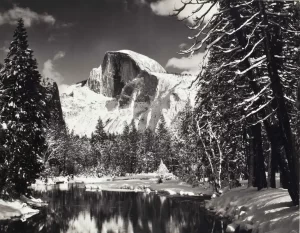
Adams’ photographs were not just aesthetically pleasing but also carried a message. He was a strong advocate for environmental conservation and used his photography to raise awareness about the need to protect natural landscapes. He believed that photographs could inspire people to see the beauty and value of the natural world and encourage them to protect it. Adams’ photographs have had a significant impact on the development of photography as an art form, and his legacy continues to influence photographers today. His use of black and white photography to capture the essence of the natural world has inspired countless photographers to explore the expressive possibilities of the medium, and his technical innovations have helped to advance the field of photography as a whole.
